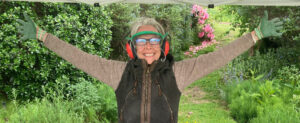
Home » Carve » Experience » Intermediate Experience » Polishing
Part of this material I used in the 20 hour granite course I taught at Pratt. Most of the info is from Tom Urban’s workshop at Camp Brotherhod, some from a workshop by Don Ramey that Hank Nelson organized at my place years ago. If you find anything useful, please add it to the article – Kirk
Polishing a surface will show up every dip and bump, so if you’re seeking a long, flowing curve or a flat area, locate highs and lows with fingers, mark, and remove with coarse diamond cup wheel before beginning polishing steps. Sequence begins with fine diamond cup wheel (or 36-60 grit silicon carbide). Move cup wheel rapidly in small circles so that you don’t burn stone. Next step is 80 grit silicon carbide cup; again moving it rapidly.
Tilt wheel so center of cup is off the stone: less chatter that way. Color of the stone will begin to appear and the grain will “close”. Different granites close at different grits, so you might have to go up to 120 grit. Removing the diamond scratches and closing the grain is a critical step as light reflecting from deep scratches will show up as a milky area on the polished surface. Similar problem if you accidentally burn the stone with tool.
(Polisher at medium-low speed if variable)
Grit size color-coded and sometimes stamped on back of diamond discs. Usually set of 8 ranging from around 50 to 3500 with Final Polish or Buffing disc in black or white. New discs need to be broken in by running wet on coarse surface: granite, firebrick or concrete.
Once grain is closed begin with 100 grit diamond polishing disc. (Or 220 if you’ve had to go to 120 grit silicon carbide to close grit). Don’t drop down to coarsest disc or you will open grain again. Adjust water flow so disc runs wet without excess spray. If color of disc matrix shows up on stone, you are running it too dry Make slow, even overlapping passes in at least two directions. Dry with air and check for scratches and light spots. Mark them with crayon and repeat until surface is even.
Once satisfied, move to 220 grit. Spend additional time at 220 grit as it is where large scratches you’ve missed will show up. Microcracks at 220 indicate grain not closed so go back through carbide cup steps again, or drop back briefly to 200 grit cup and then hit with 220 diamond disc. (Does the word “tedious” come to mind?)
Move to 400, where the stone starts to get glossy. 400-600 is “honed” surface. Nice finish especially for benches, basins. Continue through grits to 3500, checking for scratches. If found, drop back a grit or two and remove.
Complete with Final Polish pad. (Raise speed on variable polisher) Wet stone, then polish with dry disc until water is gone. Finish with disc slightly wetted to remove resin. Spend extra time to get high gloss. Can also finish with felt pad and slurry of tin oxide or diamond compound. Tin oxide thought to give chemical alteration. Diamond compound is much faster. On dark stone (especially basalt) diamond compound gives better gloss than Final Polish pad.


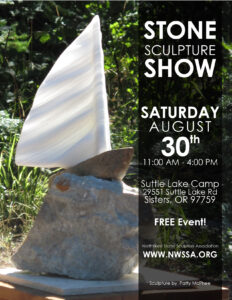
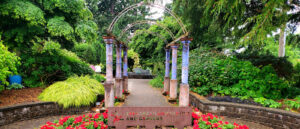

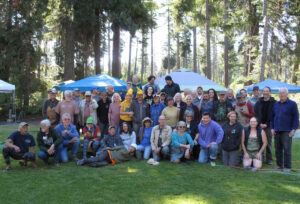
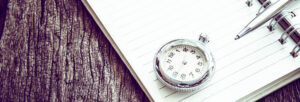


We need some kind of descriptive text here.